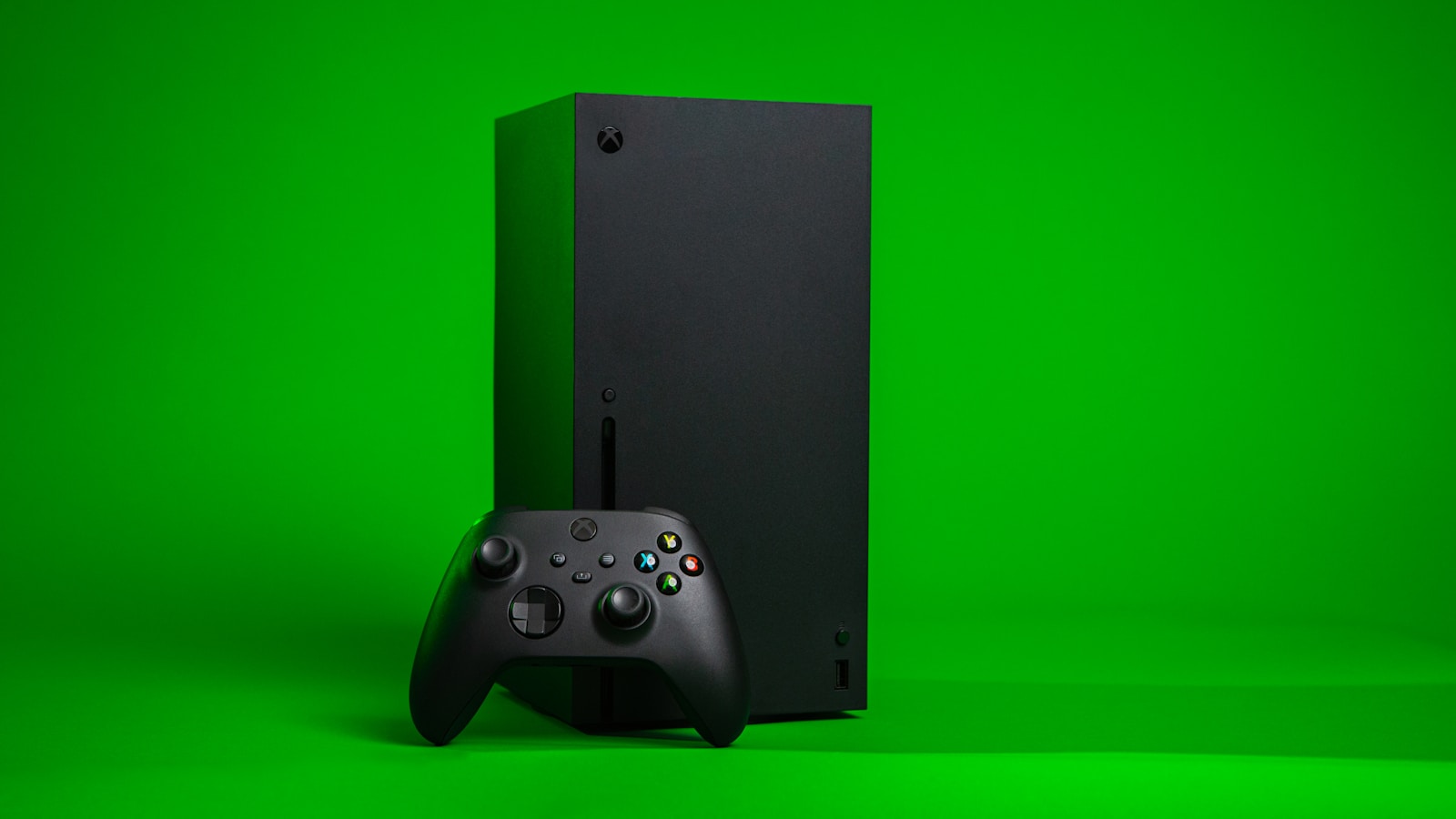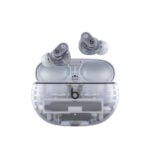Xbox connection issues can be frustrating for gamers. These problems can stop players from enjoying online games or using other Xbox features. The most common Xbox connection issues include slow speeds, disconnects, and errors when trying to connect to Xbox Live.
Many Xbox connection problems can be fixed at home. Simple steps like restarting the console or router often help. Checking cables and settings can solve other issues. For tougher problems, Xbox Support has online guides and chat help.
Some Xbox connection issues stem from the Xbox network itself. Gamers can check the Xbox status page to see if there are any known outages. This page shows if problems are affecting Xbox Live, games, or other services.

Xbox Offline? Troubleshooting Connection Problems and Getting Back in the Game
Experiencing Xbox connection issues can be incredibly frustrating, especially when you’re eager to jump into a gaming session. Whether you’re struggling to connect to Xbox Live, encountering network lag, or facing disconnections, there are troubleshooting steps you can take to resolve these problems and get back online.
Identifying the Source of the Problem
Before diving into solutions, it’s helpful to pinpoint the potential cause of your Xbox connection woes. Here are some common culprits:
- Internet Outage: The most obvious cause could be an internet outage in your area. Check your internet service provider’s website or contact their support to see if there are any known issues.
- Network Congestion: High network traffic, especially during peak hours, can lead to slow speeds and connectivity problems.
- Xbox Live Server Issues: Occasionally, Xbox Live servers might experience outages or maintenance, affecting online services. Check the Xbox Live status page for any reported issues.
- Router or Modem Problems: A malfunctioning router or modem can disrupt your internet connection.
- Wireless Interference: Other devices or wireless signals can interfere with your Xbox’s wireless connection, leading to instability.
- Firewall or Security Software: Your firewall or security software might be blocking your Xbox’s connection to Xbox Live.
- Incorrect Network Settings: Incorrect network settings on your Xbox or router can prevent you from connecting properly.
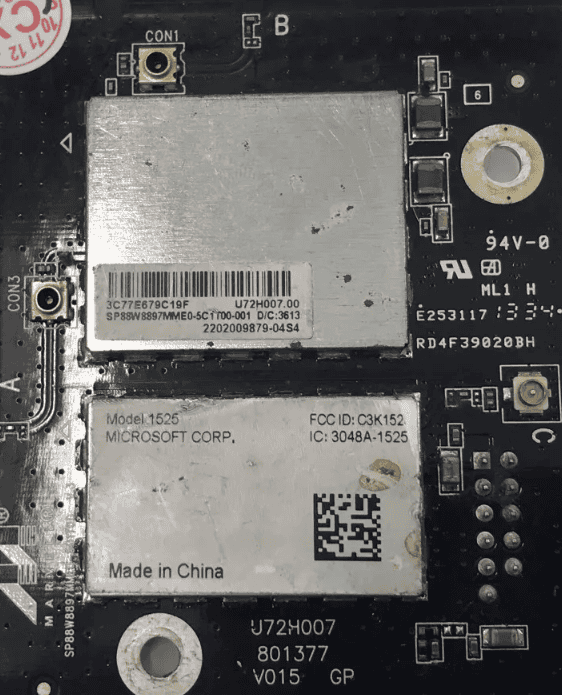
Troubleshooting Steps: Reconnecting Your Xbox
If you’re experiencing Xbox connection problems, here’s a step-by-step guide to help you troubleshoot and resolve the issue:
- Check Xbox Live Server Status: Visit the official Xbox Live status page to check for any server outages or maintenance.
- Restart Your Xbox and Network Devices: Restart your Xbox console, modem, and router. This can often resolve temporary glitches or conflicts.
- Test Your Internet Connection: Run a network connection test on your Xbox to check for any network connectivity issues.
- Check for Network Congestion: Try connecting to Xbox Live during off-peak hours to see if network congestion is the culprit.
- Improve Wireless Signal Strength: If you’re using a wireless connection, move your Xbox closer to the router or consider using a wired connection for a more stable connection.
- Check for Interference: Minimize interference from other devices or wireless signals that might be disrupting your Xbox’s wireless connection.
- Adjust Firewall or Security Software: Temporarily disable your firewall or security software to see if it’s blocking your Xbox’s connection. If so, configure your firewall to allow Xbox Live connections.
- Review Network Settings: Double-check your network settings on both your Xbox and router to ensure they are configured correctly.
- Contact Xbox Support: If you’ve exhausted all other options, contact Xbox support for further assistance. They can help diagnose more complex issues or provide guidance on specific network settings.
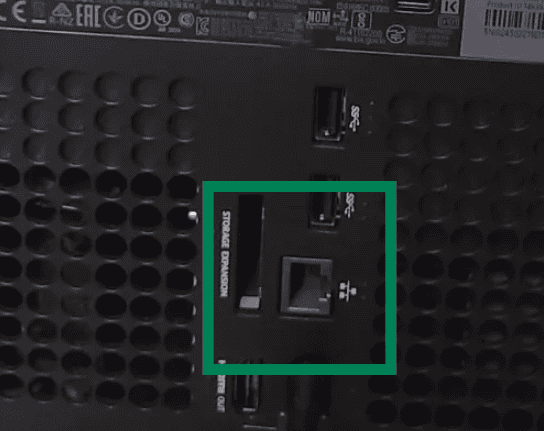
Troubleshooting Xbox Connection Issues: A Quick Guide
| Issue | Solution |
|---|---|
| Unable to connect to Xbox Live | Check Xbox Live server status, restart devices, test internet connection, check network settings. |
| Network lag or disconnections | Restart devices, check for network congestion, improve wireless signal strength, check for interference. |
| Firewall or security software blocking connection | Temporarily disable firewall or configure it to allow Xbox Live connections. |
| Incorrect network settings | Review and correct network settings on Xbox and router. |
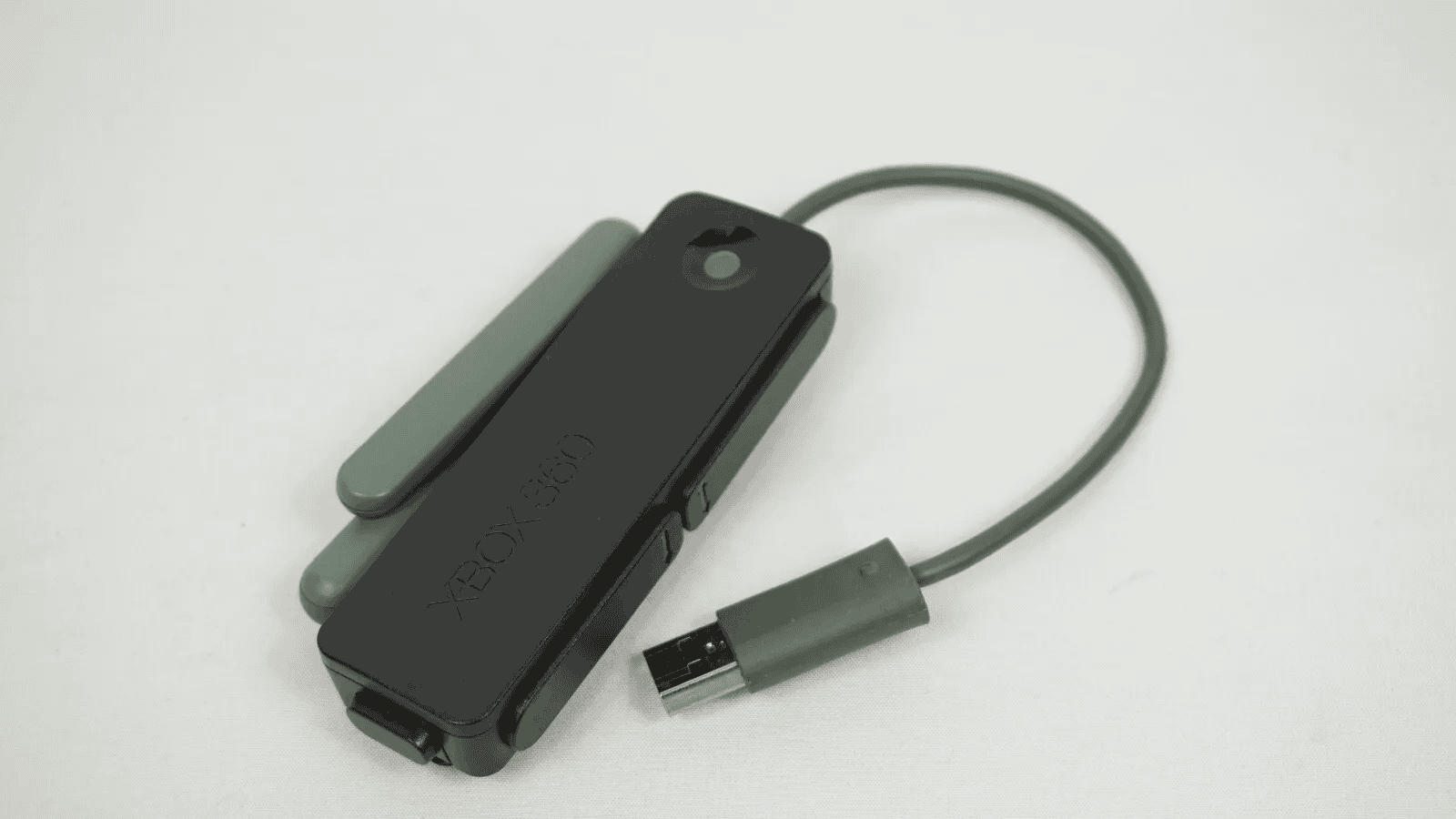
Key Takeaways
- Xbox connection issues often have simple fixes like restarting devices
- The Xbox status page shows if problems are on Microsoft’s end
- Both wired and wireless connections can have issues that need troubleshooting
Understanding Xbox Connection Interfaces
Xbox consoles offer various ways to connect to the internet and Xbox Live. These options include wired and wireless connections, each with their own benefits.
Wired vs Wireless Connectivity
Wired connections use Ethernet cables to link the Xbox directly to a router. This method often gives faster, more stable internet. It’s great for online gaming and downloading large files.
Wireless connections use Wi-Fi to connect the Xbox to the internet. This is more flexible, as it doesn’t need cables. But it can be slower or less stable than wired.
To set up Wi-Fi:
- Go to Settings
- Select Network
- Choose Set up wireless network
- Pick your network and enter the Wi-Fi password
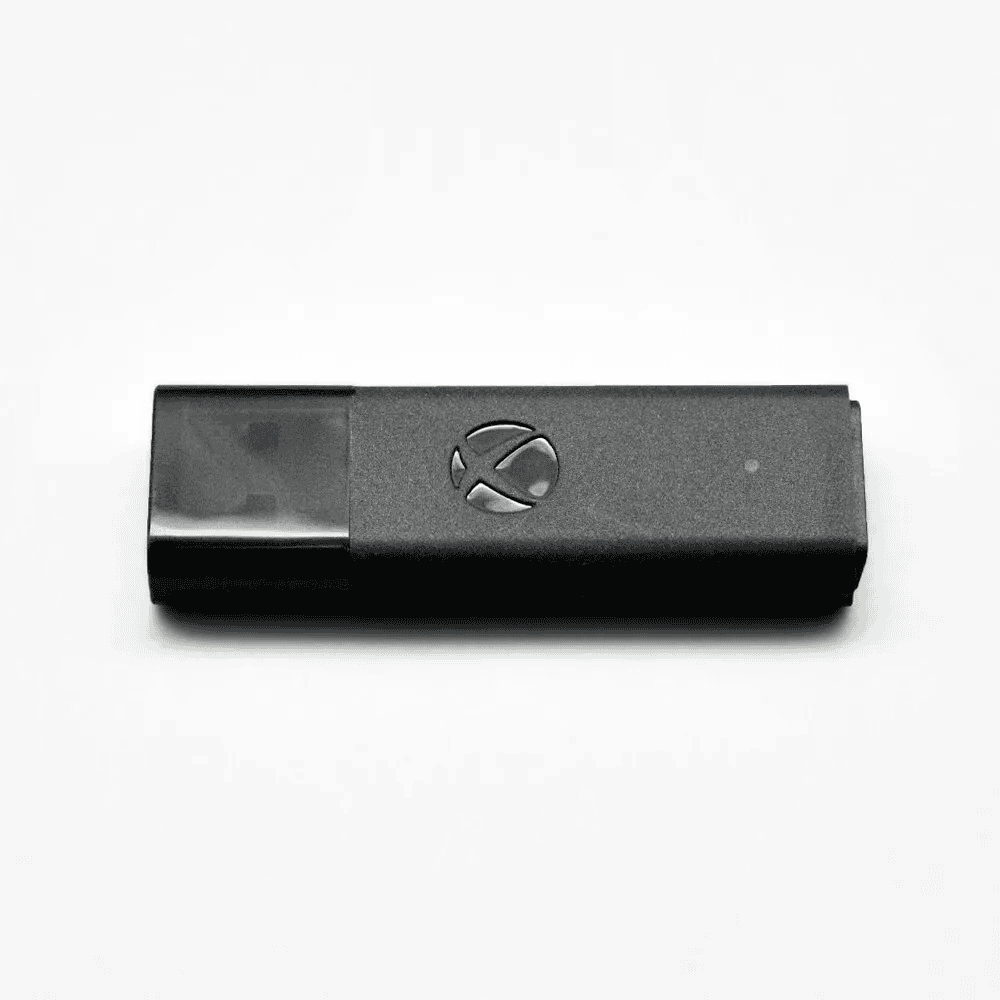
Xbox Live Network Features
Xbox Live is the online service for Xbox consoles. It lets players:
- Play games online with others
- Download games and updates
- Stream movies and TV shows
- Chat with friends
Xbox Live needs a good internet connection to work well. A fast, stable connection helps avoid lag in games and long download times.
Some Xbox Live features are free, while others need a paid subscription.
Network Hardware Essentials
A good network setup is key for Xbox gaming. Important hardware includes:
- Router: Sends internet to devices in your home
- Modem: Connects your home to the internet provider
- Ethernet cable: Links Xbox directly to router for fastest speed
For best results:
- Place your router near the Xbox
- Use a recent router model that supports fast Wi-Fi
- Keep other devices from using too much bandwidth while gaming
If you have connection problems, try restarting your Xbox and router. This often fixes minor issues.
Troubleshooting Wired Connections
Wired connections offer faster speeds and more stability than wireless networks. When issues arise, there are several steps to fix them.
Inspecting Ethernet Cables
Check your Ethernet cable for damage. Look for bends, kinks, or cuts. A bad cable can cause slow speeds or no connection at all.
Try swapping the cable with a new one. This can rule out cable problems. Make sure the cable is firmly plugged in at both ends.
Use the right cable type. Cat5e or Cat6 cables work best for Xbox networks. Older cables may not support high speeds.
Configuring Xbox for Wired Networks
Set up your Xbox for a wired connection. Go to Settings > Network > Network settings.
Choose “Set up wired network” if it’s not already selected. Your Xbox should detect the Ethernet cable automatically.
If asked, enter any network passwords. Some networks need extra info to connect.
Restart your Xbox if changes don’t take effect right away. This can help apply new network settings.
Network Connection Testing
Test your network connection regularly. On your Xbox, go to Settings > General > Network settings.
Select “Test network connection”. This checks if your Xbox can reach the internet.
Look at the results. They show your connection speed and if there are any problems.
If the test fails, try these steps:
- Restart your router
- Check if other devices can connect
- Move your Xbox closer to the router
Still having issues? Try connecting your Xbox to a different port on your router. Sometimes a single port can go bad.
Troubleshooting Wireless Connections
Xbox users often face Wi-Fi issues. Common problems include weak signals, connection drops, and slow speeds. Here are some tips to fix these problems.
Wi-Fi Configuration on Xbox One
To set up Wi-Fi on Xbox One:
- Press the Xbox button on your controller
- Go to “Profile & system” > “Settings” > “General” > “Network settings”
- Select “Set up wireless network”
- Choose your network from the list
- Enter your Wi-Fi password
If you can’t see your network, try moving your Xbox closer to the router. Make sure your router is on and working.
Sometimes, restarting your Xbox and router can help. To do this:
- Turn off your Xbox and unplug it
- Unplug your router for 1 minute
- Plug in your router and wait for it to start up
- Plug in your Xbox and turn it on
This often fixes connection problems.
Addressing Wireless Interference
Wi-Fi signals can be blocked by walls, floors, and other objects. This can cause slow speeds or dropped connections.
To reduce interference:
- Move your Xbox closer to your router
- Remove metal objects between your Xbox and router
- Use a 5GHz network if possible (it has less interference)
- Change your router’s channel (1, 6, or 11 are best for 2.4GHz)
Other devices can also cause problems. Microwaves, cordless phones, and baby monitors use the same frequencies as Wi-Fi. Try turning these off to see if it helps.
If nothing else works, try using a wired connection. This is often faster and more stable than Wi-Fi.
Using Wireless MAC Addresses
A MAC address is a unique code for your Xbox’s network card. Some routers use this to control which devices can connect.
To find your Xbox’s MAC address:
- Go to “Settings” > “Network” > “Network settings”
- Select “Advanced settings”
- Write down the “Wireless MAC” address
If you can’t connect, check if your router has MAC filtering turned on. You may need to add your Xbox’s MAC address to the allowed list.
Some public Wi-Fi networks also use MAC addresses. You might need to give your MAC address to connect in hotels or dorms.

